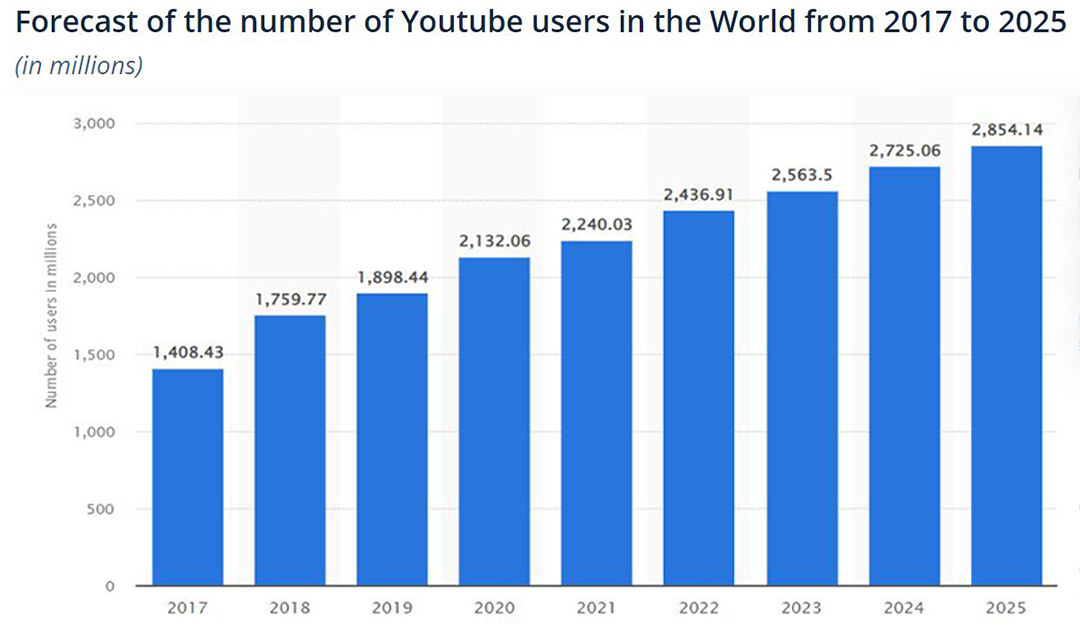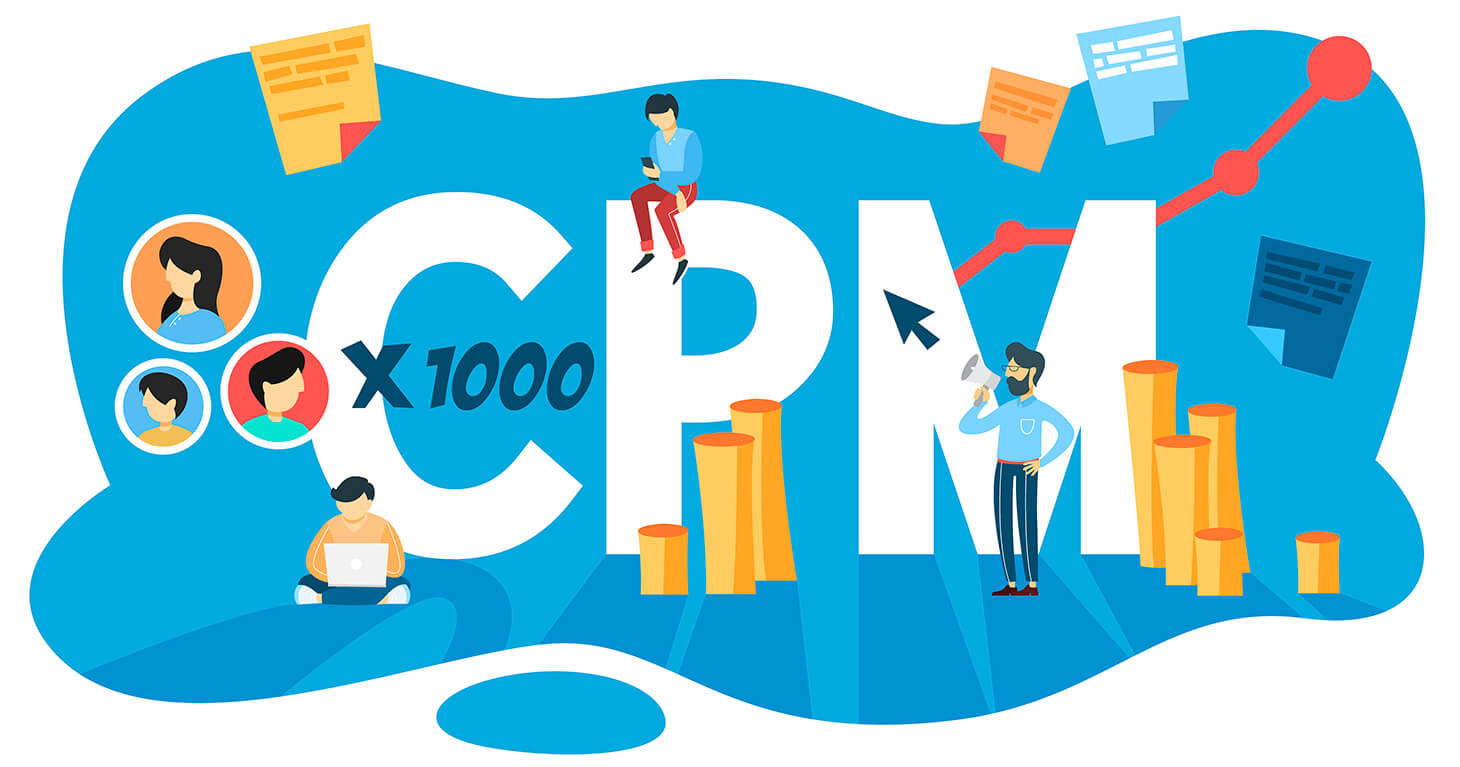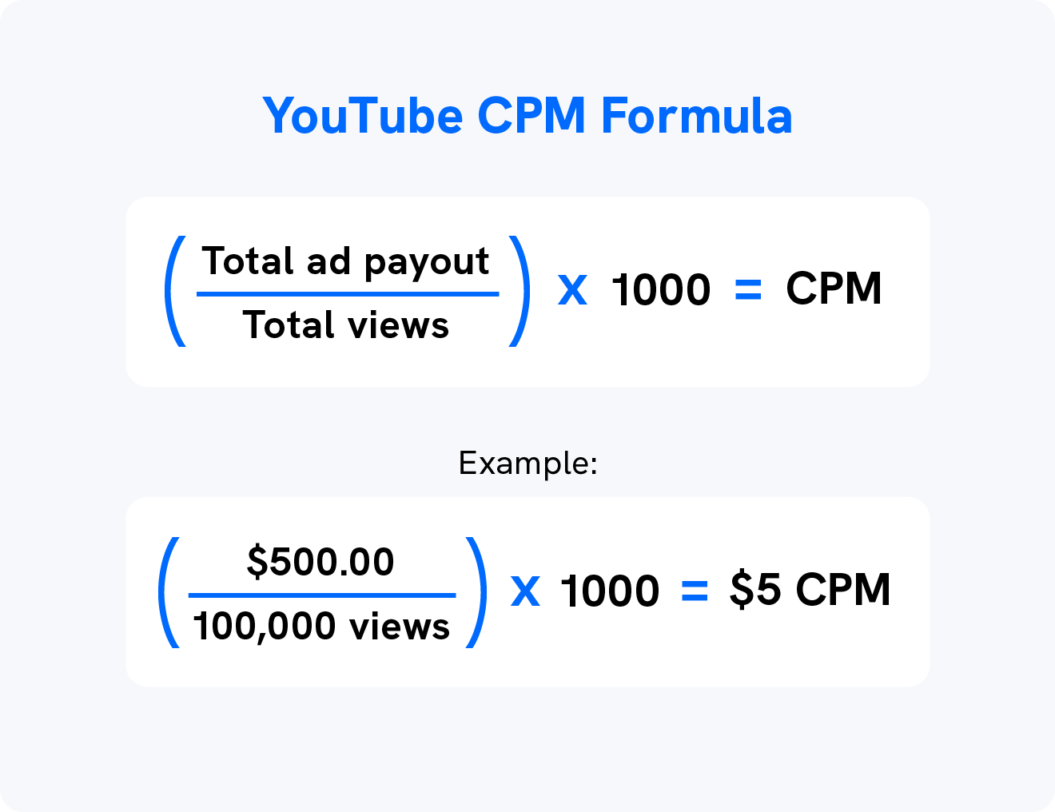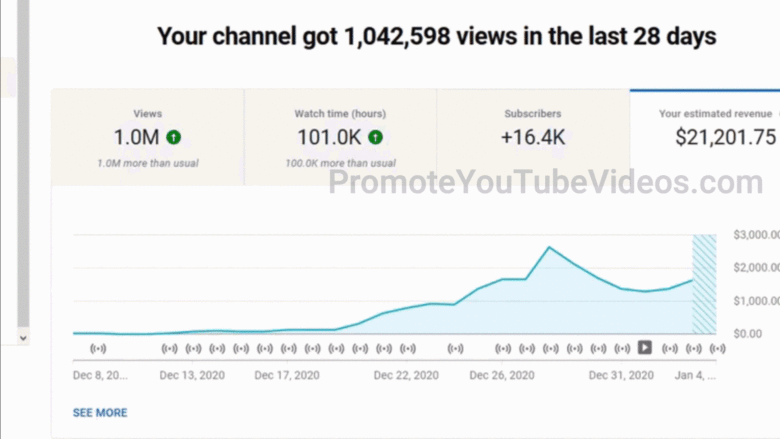Welcome to the world of YouTube monetization! If you’ve ever wondered how creators earn money from their videos, you’ve likely come across the term CPM, or Cost Per Mille. This figure is crucial for anyone involved in creating content on YouTube, whether you’re a seasoned pro or just starting out. In this section, we’ll dive into what CPM means, why it’s important, and how it can impact a creator’s income. Strap in; we're about to demystify the intricate world of
Understanding CPM and How It's Calculated

Now that we've set the stage, let's break down what CPM actually is and how it's calculated. Essentially, CPM refers to the amount advertisers are willing to pay for 1,000 ad impressions on your videos. It helps creators understand the revenue potential of their content based on how well it attracts viewers and advertisers.
Here’s how it all works:
- Ad Revenue Model: YouTube operates on a revenue sharing system where creators receive a percentage of the ad revenue generated from their videos. CPM is a key component of this model.
- Calculation: To calculate CPM, you take the total revenue earned from ads and divide it by the number of ad views (in thousands). For instance, if you earn $200 from 100,000 ad views, your CPM would be $2.00.
- Factors Influencing CPM: Various factors can skew CPM rates, including audience demographics, video niche, and the seasonality of ad spending. Advertisers typically pay higher CPMs around crucial shopping seasons like the holidays.
To give you a better understanding, here’s a simple table that summarizes CPM variations:
| Content Niche | Average CPM ($) |
|---|---|
| Finance | $10 - $30 |
| Technology | $5 - $15 |
| Beauty/Lifestyle | $3 - $10 |
| Gaming | $2 - $5 |
Understanding CPM helps creators make informed decisions about their content strategy and can significantly influence their overall revenue. It’s not just about how many views you get; it’s also about how much advertisers are willing to pay for those views!
Factors Influencing CPM on YouTube

When diving into the world of YouTube monetization, understanding the factors that influence CPM (Cost Per Mille) can help creators strategize their content better. Here are some key elements that play a significant role:
- Audience Demographics: The age, gender, and location of your audience can greatly affect CPM. Ad companies are often willing to pay more for ads targeted at specific age groups or geographic areas. For instance, audiences in the United States typically yield higher CPMs compared to those in some other countries.
- Content Category: Different niches draw different levels of advertiser interest. For example, finance and technology channels usually attract higher CPMs than gaming or beauty channels. Advertisers in lucrative industries tend to invest more in ads, driving up the CPM for related content.
- Engagement Metrics: High engagement rates—views, likes, comments, and shares—can make your channel more appealing to advertisers. The more engaged your audience, the more likely they are to respond to ads, leading to increased bids from advertisers and, consequently, higher CPMs.
- Seasonality and Trends: CPM rates can fluctuate depending on the time of the year. For instance, during the holiday season when advertisers are ramping up their ad spend, CPM rates often soar. Keeping an eye on market trends can help creators time their content releases effectively.
- Video Length and Type: Longer videos can include more ad placements, which can result in higher overall CPM. However, the type of ads—skippable vs. non-skippable—can also impact the revenue you earn.
Average CPM Rates by Content Type

So, you might be wondering, what are the actual CPM rates across various content types? While the numbers can fluctuate based on numerous factors, here's a general breakdown that can help give you an idea:
| Content Type | Average CPM (USD) |
|---|---|
| Finance | $20 - $30 |
| Technology | $15 - $25 |
| Health & Wellness | $10 - $20 |
| Travel | $12 - $18 |
| Food & Cooking | $8 - $15 |
| Gaming | $5 - $10 |
| Beauty & Fashion | $10 - $15 |
As seen in the table above, the finance niche clearly stands out with significantly higher CPM rates. However, keep in mind that these are average estimates; actual CPM can vary based on real-time factors. Knowing your niche can empower you to create content that not only resonates with your audience but also maximizes your revenue potential.
5. Geographic Impact on YouTube CPM

Did you know that where your viewers are located can significantly influence your YouTube CPM (Cost Per Mille)? That's right! The geographic location of your audience plays a big role in how much revenue you can earn from your videos. Let’s dive into why this matters and how it can affect your overall earnings.
The CPM can vary widely depending on the country. For instance, advertisers often pay more for viewers in countries like the United States, Canada, and Australia compared to those in developing nations. Here’s a quick breakdown of how geographic factors can impact CPM:
- High-Income Countries: Generally, countries with higher income levels tend to have a higher CPM, as advertisers are willing to spend more to reach consumers with greater purchasing power.
- Seasonal Demand: During specific times of the year, like holidays or major shopping seasons, CPM rates often increase. This can be especially impactful if your audience is primarily located in regions where spending is higher during those times.
- Content Niche: Some niches attract audiences from higher CPM countries. For example, finance and technology topics tend to draw more lucrative advertisements.
In a nutshell, if you're targeting viewers from regions with a strong economy or greater advertising spend, you can expect a better CPM. Monitoring your audience demographics through YouTube Analytics can help you identify where your viewers are located and tailor your content accordingly!
6. Tips for Creators to Maximize CPM
As a content creator, maximizing your CPM can be a game changer for your revenue stream. So, how do you go about increasing this vital metric? Here are some actionable tips to help you step up your CPM game and squeeze the most out of your YouTube earnings:
- Understand Your Audience: Dive into YouTube Analytics to get a clearer picture of your audience demographics. The more you know, the better you can tailor your content to attract higher-paying advertisers.
- Optimize Video Length: Research suggests that longer videos can earn more in ad revenue, as they allow for more ad placements. Aim for videos that are at least 10 minutes long to take advantage of this.
- Use Key Advertising Keywords: Incorporate keywords that advertisers are keen on within your video titles, descriptions, and tags. This can help your videos become more appealing for ads.
- Engage Your Audience: Higher viewer engagement leads to better watch time and can influence the algorithms in your favor. Encourage likes, shares, and comments to keep the interaction going!
- Experiment with Ad Types: YouTube offers various ad formats, including overlay ads, skippable ads, and non-skippable ads. Experiment with different types to see which works best for your content!
In conclusion, while CPM can be influenced by many factors, you can follow these tips to actively work towards maximizing your revenue potential on YouTube. Keep creating, keep experimenting, and good luck!
Average CPM on YouTube and Revenue Insights for Creators
YouTube has become an essential platform for content creators looking to monetize their work. One of the most important metrics in this endeavor is the Cost Per Mille (CPM), which refers to the earnings per 1,000 ad impressions. Understanding the average CPM can provide insights into potential revenue and help creators strategize their content.
CPM rates can fluctuate significantly based on various factors such as:
- Content Type: Niches like finance, technology, and health often command higher CPMs due to their target audience's purchasing power.
- Geographic Location: Advertisers are willing to pay more for audiences in countries like the USA, UK, and Canada compared to developing nations.
- Time of Year: Seasonal events, such as holidays, can increase CPM as advertisers ramp up spending.
As of 2023, the average CPM across YouTube typically ranges from:
| Content Niche | Average CPM ($) |
|---|---|
| Finance | $20 - $30 |
| Technology | $10 - $15 |
| Health & Fitness | $5 - $10 |
| Comedies | $3 - $5 |
Aside from CPM, other revenue streams such as merchandise sales, sponsored content, and memberships contribute to a creator's overall income. Engaging with the community and building a personal brand can lead to sustainable revenue growth on the platform.
Conclusion and Final Thoughts
Understanding the average CPM on YouTube is crucial for creators aiming to maximize their revenue. By considering factors that influence CPM and exploring additional income avenues, creators can significantly enhance their monetization strategies on the platform.
 admin
admin








